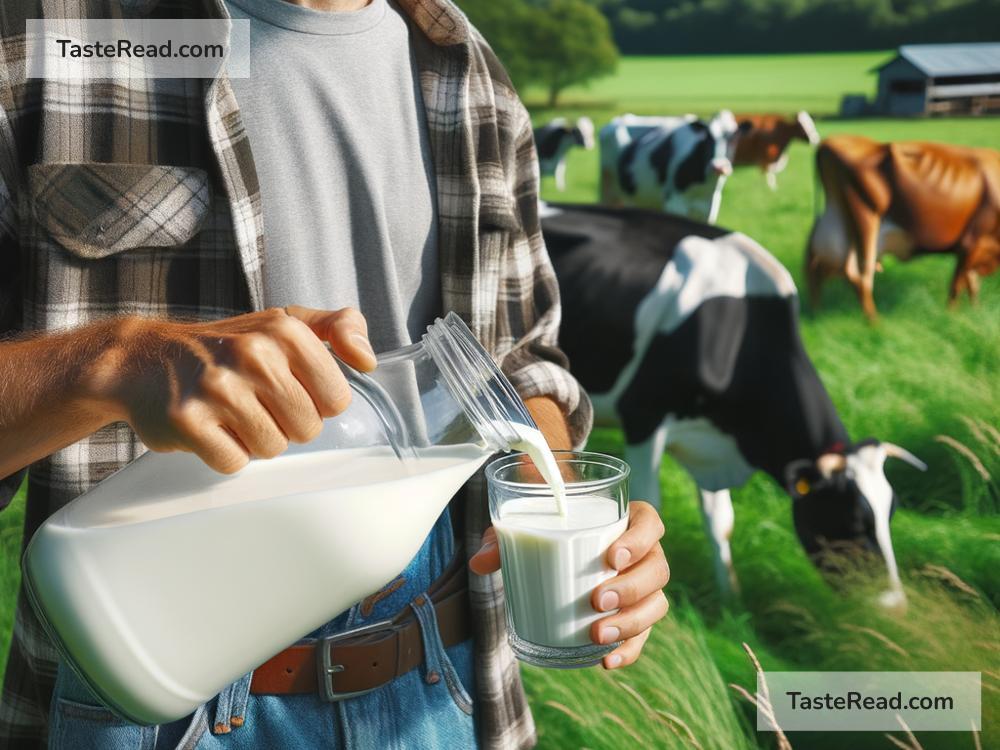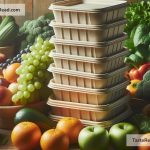Embracing the Future: The Magic of Regenerative Dairies in Our Kitchens
In recent years, we’ve seen a beautiful, green wave washing over the culinary world. It’s a movement that brings hope, sustainability, and deliciousness straight to our plates, with regenerative dairies playing a starring role. But what exactly are regenerative dairies, and why should home cooks and professional chefs alike be excited about their impact on cooking? Let’s dive into this refreshing world and discover how embracing regenerative dairy products can transform our kitchens and our planet.
What are Regenerative Dairies?
First things first, let’s unpack the term. Regenerative dairies are farming practices that go beyond just “doing no harm” to the environment. They actively work to improve it. This approach involves techniques that replenish the soil, enhance biodiversity, and capture carbon from the atmosphere. In simpler terms, it’s about farming in a way that heals our Earth.
When it comes to dairy farming, this means managing cows and milk production in harmony with nature — think of it as co-creating deliciousness with the planet. This includes practices like rotational grazing, where cows move across pastures, naturally fertilizing the soil, which in turn supports healthier and more diverse plant life. The result? Nutrient-rich soils that produce equally rich and flavorful dairy products.
Why It Matters in Cooking
Now, you might be wondering, “That’s all well and good for the planet, but what does it mean for my cooking?” The answer is simple: flavor and nourishment. Dairy products from regenerative farms often boast a superior taste and nutritional profile. Because the cows are fed on a diverse, natural diet, their milk is richer in flavors and healthy fats. For chefs and home cooks, this means creamier butters, richer cheeses, and more flavorful milks that can elevate any dish.
Moreover, using ingredients from regenerative dairies allows us to contribute to a sustainable food system. Each time we choose these products, we’re voting for a healthier planet and a bright future for the next generations. It’s a powerful way to blend ethics with eating, adding an extra layer of satisfaction to every meal.
Incorporating Regenerative Dairy Products in Cooking
Incorporating regenerative dairy products into your cooking is more than a decision; it’s a journey of discovery and delight. Here are a few ideas to get you started:
-
Start with Breakfast: Whip up a smoothie with milk from a regenerative dairy, or spread some rich, creamy butter on your morning toast.
-
Elevate Your Baking: Substitute standard butter with butter from regenerative dairies in your baking for a noticeable difference in texture and taste.
-
Cheese, Please: Experiment with cheeses from these dairies in salads, sandwiches, or as part of a cheese board. The depth of flavor can be a real game-changer.
-
Creamy Sauces and Soups: Use regenerative cream and milk as the base for sauces and soups, adding a richness that enhances every spoonful.
Supporting the Movement
Beyond the kitchen, supporting regenerative dairies can take many forms. It might mean choosing these products at the grocery store, getting to know local farmers, or even advocating for regenerative practices in your community. Every action, no matter how small, contributes to a larger, positive impact on our food system.
A Delicious Path Forward
As we peel back the layers of what it means to cook and eat sustainably, the role of regenerative dairies comes into clear focus. These practices not only offer us a way to enrich our cooking but also a chance to participate in healing our planet. By choosing dairy products from regenerative farms, we’re not just making a culinary choice; we’re making a commitment to a more vibrant, sustainable future.
So, next time you’re in the kitchen, consider reaching for that block of cheese or stick of butter from a regenerative dairy. It’s a simple swap that can make a world of difference, transforming ordinary meals into extraordinary ones. After all, the best dishes are not just those that taste good but those that do good, too. Let’s cook our way to a better planet, one delicious bite at a time.


